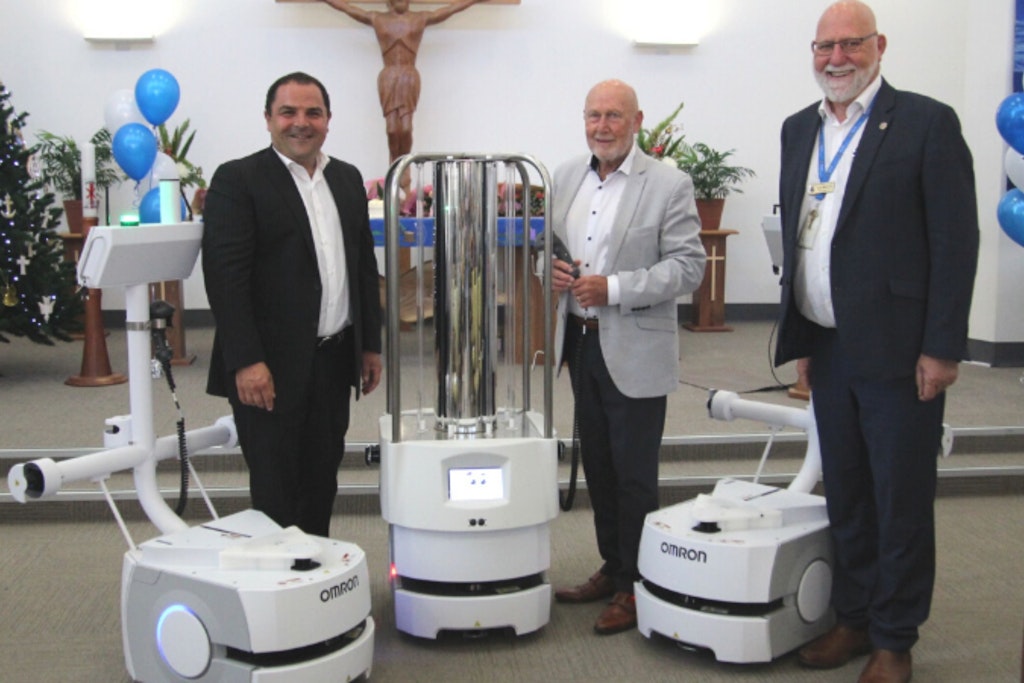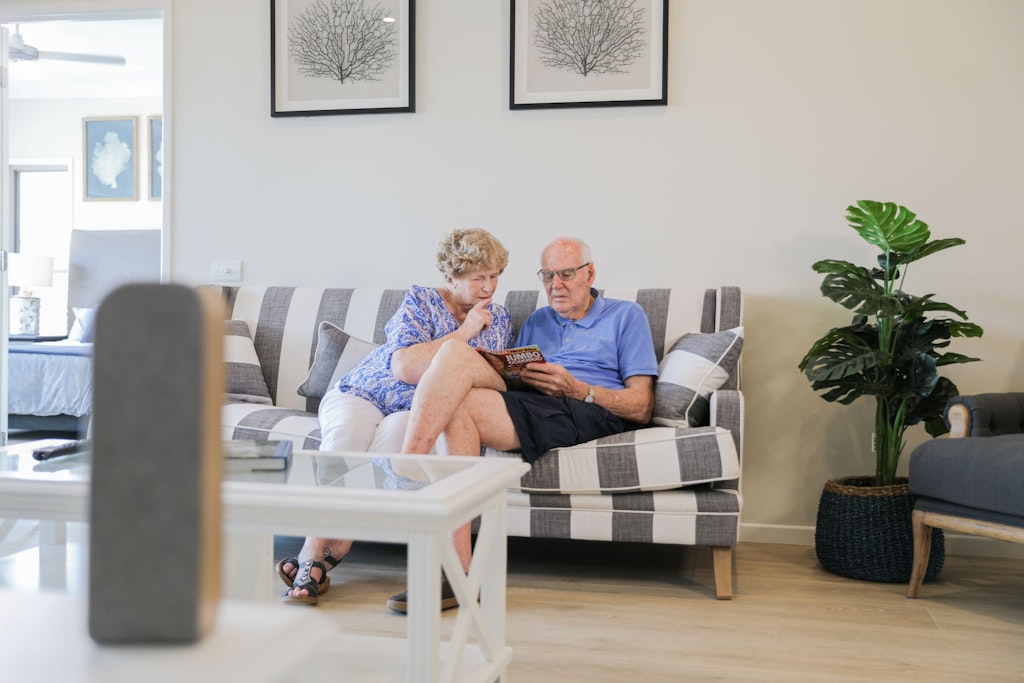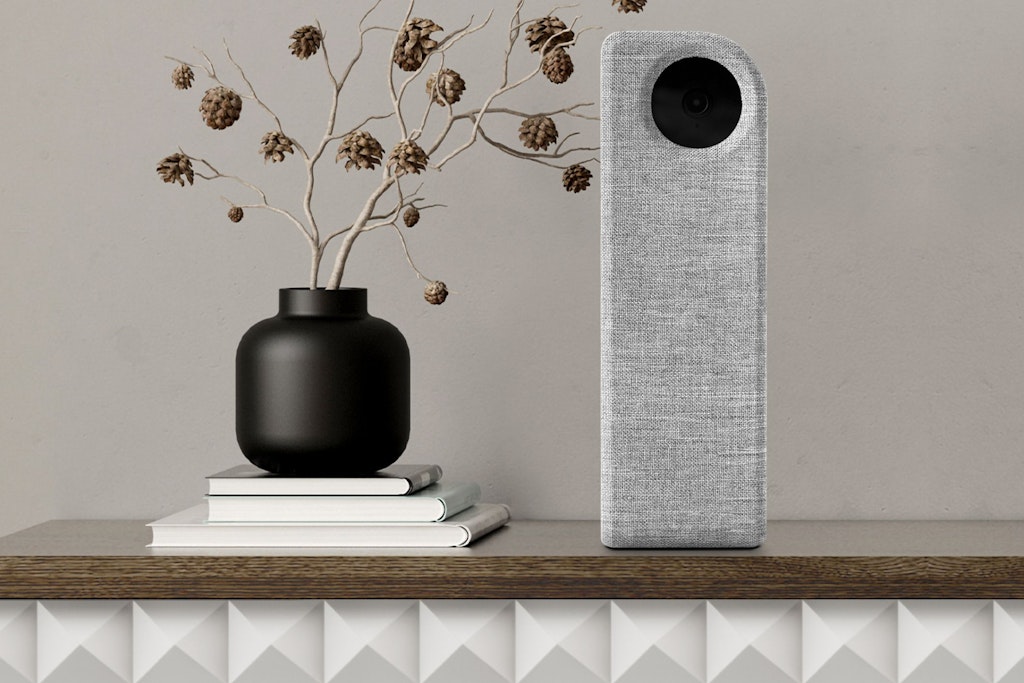Are you ready to take a chance on new technologies?
Last updated on 23 February 2023

New technologies are rapidly finding their way into aged care settings, but with so many products still under development or in a research phase, is technology actually ready to have an instant impact?
Providers and facilities right across Australia are actively embracing the digital revolution by incorporating new technologies and online systems to streamline health and care management.
But if you look at aged care as a whole, the innovations are not stopping at the strategic switch from paper-based records to digital ones. More and more providers are actually adopting smart technologies and even robots to assist with manual handling or resident support.
So if you’re someone who’s ready to take a chance on new technologies, is it actually worthwhile? Is aged care at the point where research has uncovered what works and what does not, or is there an ongoing process worth recognising that good things come to those who wait?
Robots increase care minutes
From this October, a minimum average of 200 care minutes will be required per resident, per day, increasing to 215 minutes from October 2024. The new mandated quote poses a challenge to homes and providers facing workforce shortages and staffing challenges.
Throw in time-consuming jobs like meal delivery or the transportation of clothes and linen, and you have plenty of staff who are dedicating time to manual handling rather than resident care.
One solution? Robots. Tanunda Lutheran Home (TLH) introduced a trio of robots, Axil, Robbie and Speckle – two transport linen throughout the facility, while one performs ultraviolet cleaning of key touch points at night.
TLH Chief Executive Officer (CEO), Lee Martin, said the robots have saved his staff from pushing trolleys 9,000km per year, allowing for more direct care time.
“By reducing manual handling issues we have seen the saving of 2.5 full-time equivalent (FTE) in time and the extra time saved is passed on to the care services staff to spend more time with residents,” said Mr Martin.
“The current impacts are still being realised.
“As further technologies are employed more real-time benefits will be recognised by staff and residents. More and more technologies are all demonstrating time-saving methodologies.”
Following on from the success of their manual handling robots, Mr Martin said TLH is investigating the use of 4D radar technology to help staff react faster to resident falls.
“Most falls are unwitnessed,” said Mr Martin.
“You can have all the falls plans in place, but due to resident choice, no restraint policies, no use of bed rails, relative expectations and staff numbers, falls will always happen.”
The implementation of smart technologies that can predict or prevent falls in aged care is costly, however, but as Mr Martin continues to explore his options Government funding has allowed similar research to begin elsewhere.

Artificial intelligence and falls prevention
Artificial intelligence (AI) has been in the news thanks to the rise of ChatGPT, an AI chatbot providing high-quality copy and responses based on information from the internet.
But the predictive abilities of AI go well beyond a few smart sentences that can be used for school assignments.
Fall detection technology provider HomeGuardian has just received a $2.65 million grant from the Cooperative Research Centres Projects (CRC-P) for the installation of AI smart care devices within the homes of aged care provider Villa Maria Catholic Homes (VMCH).
The smart care devices resemble small speakers, using inbuilt sensors – and not cameras – to map out their surrounding environment and predict and monitor falls in residents.
This allows the device to track resident movement, analyse how someone interacts with their space, and send alerts based on sudden falls or movements that are not within its range of predicted behaviours.
“It can inform you when somebody has left a room and is moving down the hallway, and there is no need for any restraint, whether that be medication or locking doors,” said HomeGuardian CEO, Kane Sajdak.
“We’re tracking human behaviour and interactions all the time, regardless if a fall occurred or not.
“Knowing where people are who are potentially at a high risk of having a fall and responding to it straight away allows you to dedicate the care when and where it’s needed, rather than just doing rounds for the sake of doing rounds.
“It allows you to provide more appropriate levels of care based on intuitive and smarter information rather than just simply being reactive.”
Mr Sajdak firmly believes that this technology is ready for use in aged care settings, and it’s in fact already utilised by several other providers and people at home.
The research project, which will run for the next two years, is seen as a large-scale opportunity to collect data that can be directly analysed by researchers.

But Mr Sajdak is confident that assistive AI technology that monitors and predicts falls will deliver real-time benefits for staff and residents.
“You actually have more time to provide care because you can get to residents before a major incident or as soon as there is one, and you then spend less time triaging care for the person because the severity of the outcome of that is lower,” said Mr Sajdak.
“The rate of hospital admissions and the rate of injury, possibly mortality, is entirely linked to the length of time people spend on the ground after a fall – so by getting to them as soon as possible we reduce the burden on the health care system.
“By predicting falls, our technology has the potential to prevent the leading cause of traumatic injuries and death among the elderly and take significant pressure off healthcare and aged care
systems around the world.”
Other providers such as Curtin Heritage Living, Rockpool Residential Aged Care and Twilight Aged Care have also adopted advanced fall prevention devices.
Mixed outcomes are normal
Another piece of technology that has made its way into aged care is the smartwatch. Examples of successful implementations include the ACH Group which partnered with Spacetalk LIFE to provide smartwatches to home care clients.
The product uses AI fall detection technology, SOS alert and a GPS locator to protect home care clients and provide them with a range of helpful tools and safety alerts.
ACH provides ongoing technical support to home care clients through their Smart Technology Occupational Therapist (OT) as well.
Not all tech trials are successful, however, highlighting that we’re not quite at a point where everything is ready to have a big impact in aged care.
Brightwater Care Group previously trialled the use of wearable smartwatches to see if they could prevent falls and limit their residents with dementia from wandering too much.
While the project had some promising findings, Allied Health Manager, Andrea King, said the results proved it was not the right technology for their needs.
“It was a worthwhile trial because we found that the devices were not sensitive enough for that setting,” said Ms King.
“The area our residents were in was so small the devices couldn’t accurately track the distance; they didn’t provide new information compared to if we just kept an eye on them and had regular check-ins.
“You do have to test these things out and be willing to say no.”
The decision to not use technology like smartwatches has not negatively affected their falls prevention as Brightwater’s Falls Improvement Program provided alternative physiotherapy-based success.
What’s next?
Government investment is rewarding and supporting both aged care providers and innovative tech companies looking to enhance aged care within Australia. There’s no shortage of new trials taking place thanks to major Government funding.
There is now every opportunity to explore new tech that could be utilised within your home, both on a large scale and small scale. And by keeping a finger on the pulse of other research you can identify where successful outcomes are occurring.
Technology is certainly proving it can have an instant impact on caring for older people even if some projects do not prove to be a success.